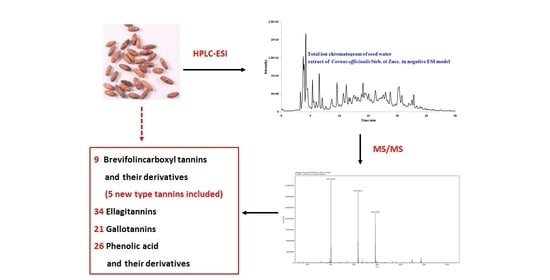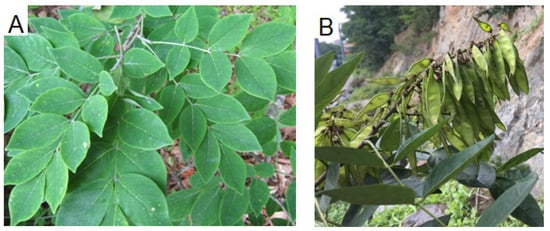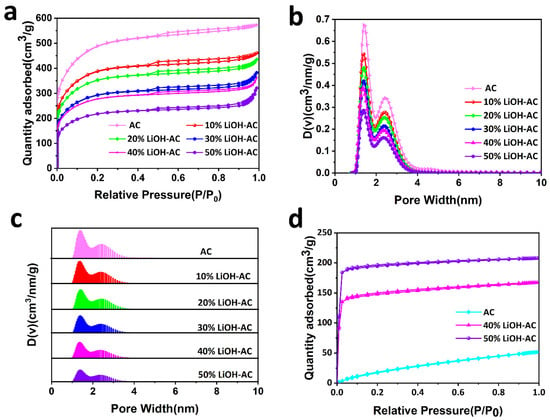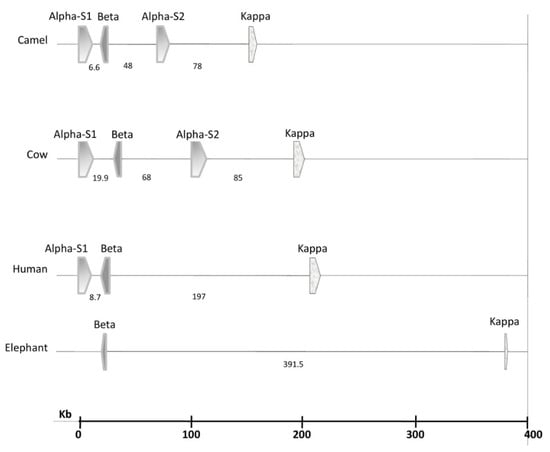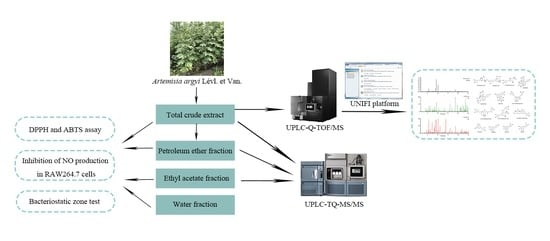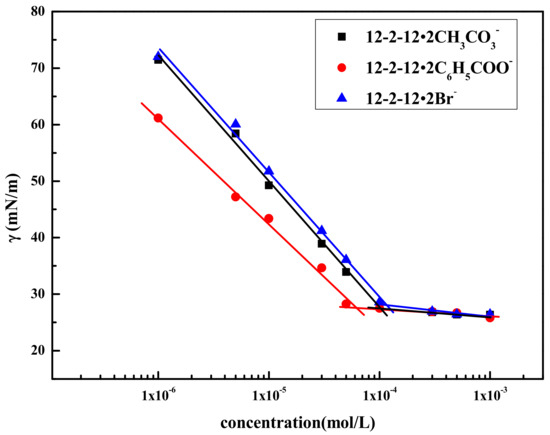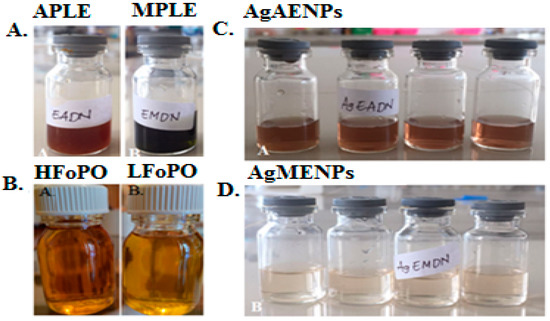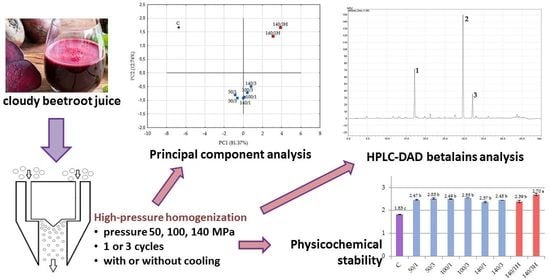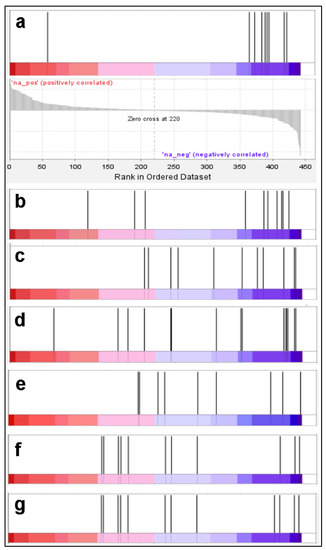Molecules 2023, 28(5), 2028; https://doi.org/10.3390/molecules28052028 - 21 Feb 2023
Cited by 10 | Viewed by 2571
Abstract
►
Show Figures
Novel polymers applied in economic membrane technologies are a perennial hot topic in the fields of natural gas purification and O2 enrichment. Herein, novel hypercrosslinked polymers (HCPs) incorporating 6FDA-based polyimide (PI) MMMs were prepared via a casting method for enhancing transport of
[...] Read more.
Novel polymers applied in economic membrane technologies are a perennial hot topic in the fields of natural gas purification and O2 enrichment. Herein, novel hypercrosslinked polymers (HCPs) incorporating 6FDA-based polyimide (PI) MMMs were prepared via a casting method for enhancing transport of different gases (CO2, CH4, O2, and N2). Intact HCPs/PI MMMs could be obtained due to good compatibility between the HCPs and PI. Pure gas permeation experiments showed that compared with pure PI film, the addition of HCPs effectively promotes gas transport, increases gas permeability, and maintains ideal selectivity. The permeabilities of HCPs/PI MMMs toward CO2 and O2 were as high as 105.85 Barrer and 24.03 Barrer, respectively, and the ideal selectivities of CO2/CH4 and O2/N2 were 15.67 and 3.00, respectively. Molecular simulations further verified that adding HCPs was beneficial to gas transport. Thus, HCPs have potential utility in fabrication of MMMs for facilitating gas transport in the fields of natural gas purification and O2 enrichment.
Full article

